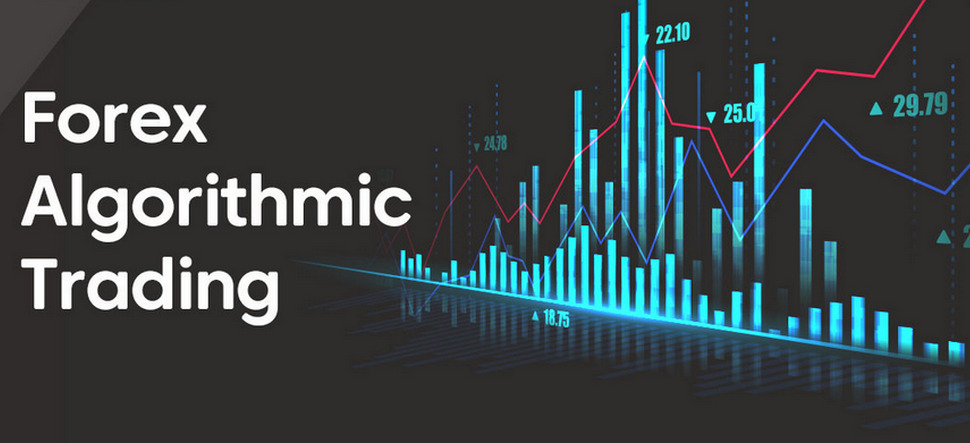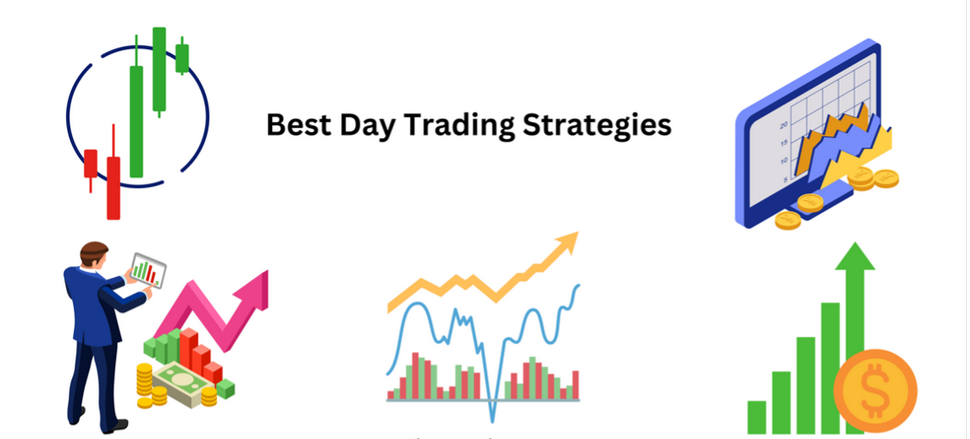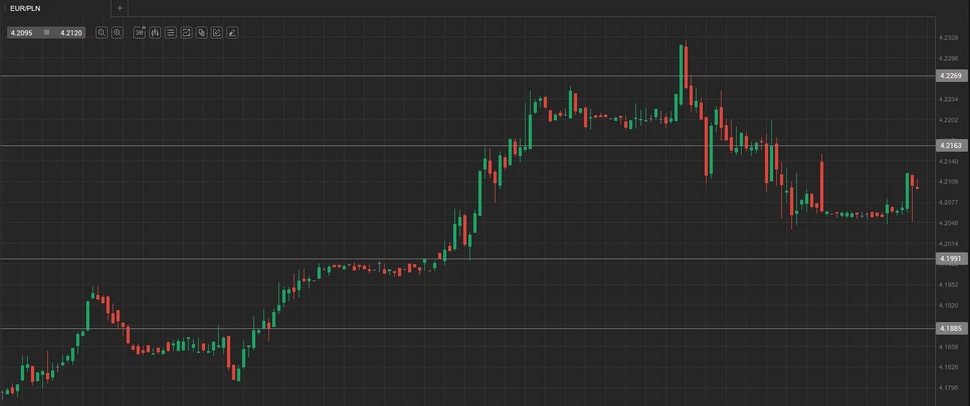26.12
Share ArticleHow algorithmic Forex trading works

Algorithmic trading offers you the ability to automate your trading decisions by using computer programs to execute orders and manage positions in the financial markets. This will help you learn different trading strategies and engage in trading more efficiently.
We will explain what algorithmic trading is and how it works; what markets this type of trading is practiced in, and what are the advantages and disadvantages of algorithmic trading.
What is algorithmic trading
Algorithmic trading is an automated trading method that relies on computer algorithms to make trading decisions and execute orders in the financial markets.
This approach allows traders to become more efficient by using programs to analyze market data, identify opportunities, and make decisions based on predetermined criteria.
The advantages of algorithmic trading are speed of execution, elimination of the influence of emotions, and the ability to monitor the markets around the clock.
To develop trading algorithms, many traders use the Python programming language because of its simplicity and flexibility. Python offers a wide range of libraries and frameworks specifically designed for algorithmic trading, such as NumPy, pandas, and Scikit-learn, which simplify data analysis, risk management, and strategy creation.
By combining the power of Python with a deep understanding of financial markets, traders can develop their own trading algorithms to implement automated strategies and gain an edge in the markets.
How algorithmic trading works
Algorithmic trading works by using computer algorithms to make trading decisions, execute trades, and manage positions in the financial markets.
Here are the main steps in the process:
- Data Collection - The process begins by collecting real-time market data. This data may include asset prices, trading volumes, technical indicators, economic news, etc. Data sources can vary depending on the trader's needs.
- Data Analysis - Data analysis algorithms are designed to interpret this information and identify trading opportunities. Technical indicators, fundamental analysis or other analysis methods can be used for this purpose.
- Decision-making - after analyzing the data, the algorithm makes trading decisions based on predetermined parameters. These decisions may include buying, selling or hedging existing positions.
- Risk management - trading algorithms often incorporate risk management mechanisms to minimize potential losses. For example, the use of automatic stops, predetermined exit levels, or other risk management techniques.
- Transaction - once trading decisions are made, algorithms automatically send orders to the market. This can happen through direct connection to exchanges' trading platforms or through a separate algorithm.
- Performance monitoring - algorithms constantly monitor market trends and trades. If necessary, algorithm parameters can change to adapt to changing market conditions.
- Backtesting - before implementing an algorithm in the real market, it is common to test it on historical data to evaluate its effectiveness. This allows traders to ensure that the algorithm is reliable and suitable for past market conditions.
- Optimization - algorithmic traders may also seek to optimize their algorithms by adjusting parameters, using machine learning techniques or developing new strategies.
Which markets are suitable for algorithmic trading
Algorithmic trading is a series of buy and sell orders predetermined by an algorithm. This is how you can buy and sell assets in many markets.
Algorithmic trading in cryptocurrencies:
You can create your own cryptocurrency trading algorithm and then use it on crypto platforms such as Kraken, Coinbase or Binance. However, if you don't have Python coding skills, you can find robots online that are already coded for purchase. Prices range from $250 to $3,500.
Not all algorithmic trading robots are compatible with all platforms. Before buying a cryptocurrency robot, make sure it can be integrated into your trading platform.
Algorithmic forex trading:
Algorithmic forex trading is the most well-known and widespread form of algorithmic trading.
Many platforms offer algorithmic forex trading options including MetaTrader, cTrader and Prorealtime. Brokers often offer free access to these platforms.
Algorithmic CFD trading:
Algorithmic CFD trading is an automated method of trading contracts for difference that relies on the use of computer algorithms to make trading decisions.
CFDs allow traders to speculate on the price movements of underlying assets such as stocks, currencies, indices and commodities without having to own real assets. CFD trading algorithms are designed to automatically analyze market data, identify trading opportunities and execute orders in real time. They can be programmed to implement a variety of strategies, from mean reversion to arbitrage.
Algorithmic CFD trading offers the advantage of fast execution and precise position management, but it requires a deep understanding of CFD markets, trading strategies and risk management to be effective.
Advantages and disadvantages of algorithmic trading
Advantages:
- Accurate trades - very accurate execution of trades.
- Impartiality - the algorithm automatically opens and closes your positions, no influence of emotions.
- Execution speed - trading algorithms can make decisions and execute orders in fractions of a second, allowing you to capitalize on market opportunities faster and reduce the risk of slippage.
- 24/7 trading - algorithmic trading allows trades to be monitored and executed even when the trader is offline.
Disadvantages:
- Programming errors - errors in the trading algorithm code can lead to costly decisions, large losses and disruptions in financial markets.
- Over-optimization - an algorithmic trading strategy that is over-optimized for past data may not perform as well in real market conditions.
- Slow adaptation - algorithms may have difficulty adapting quickly to sudden events or changing market conditions.


Reviews